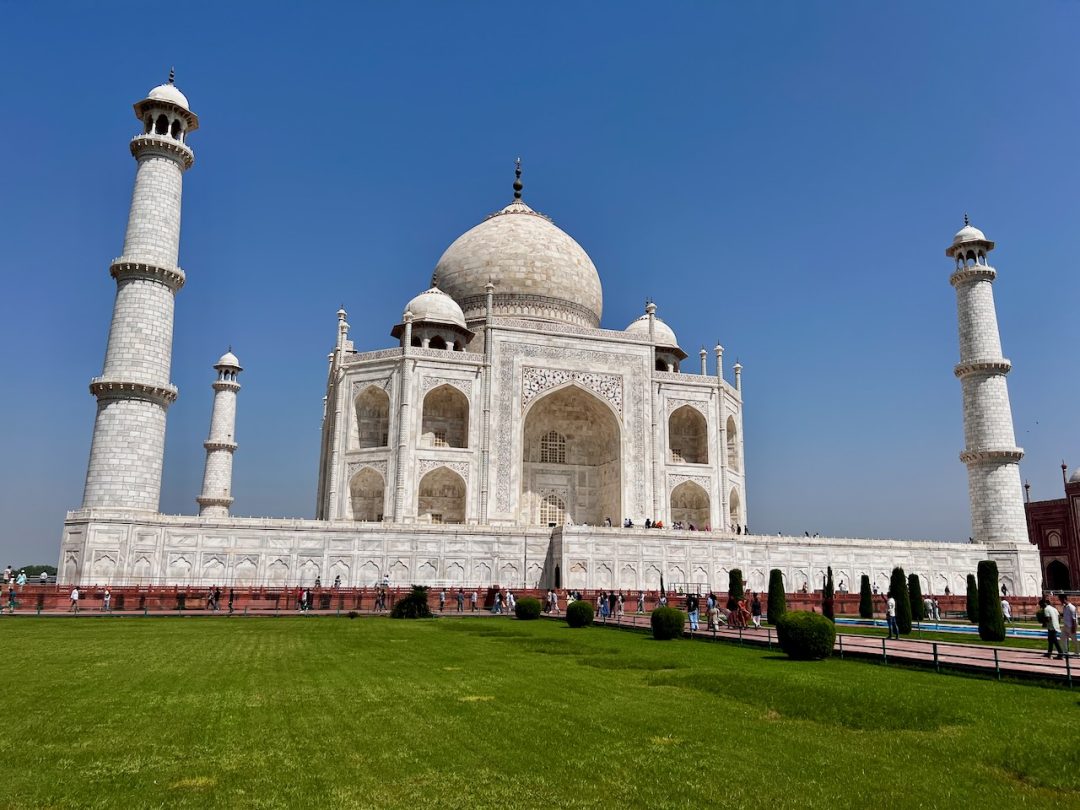Hello friends,
As you know, I usually only share recipes here. But from time to time, I like to tell you about my travels or encounters — always with food in the background!
So here’s a glimpse of my trip to India!
Find the full recipe on my new english website here : My Trip to India


No Comments